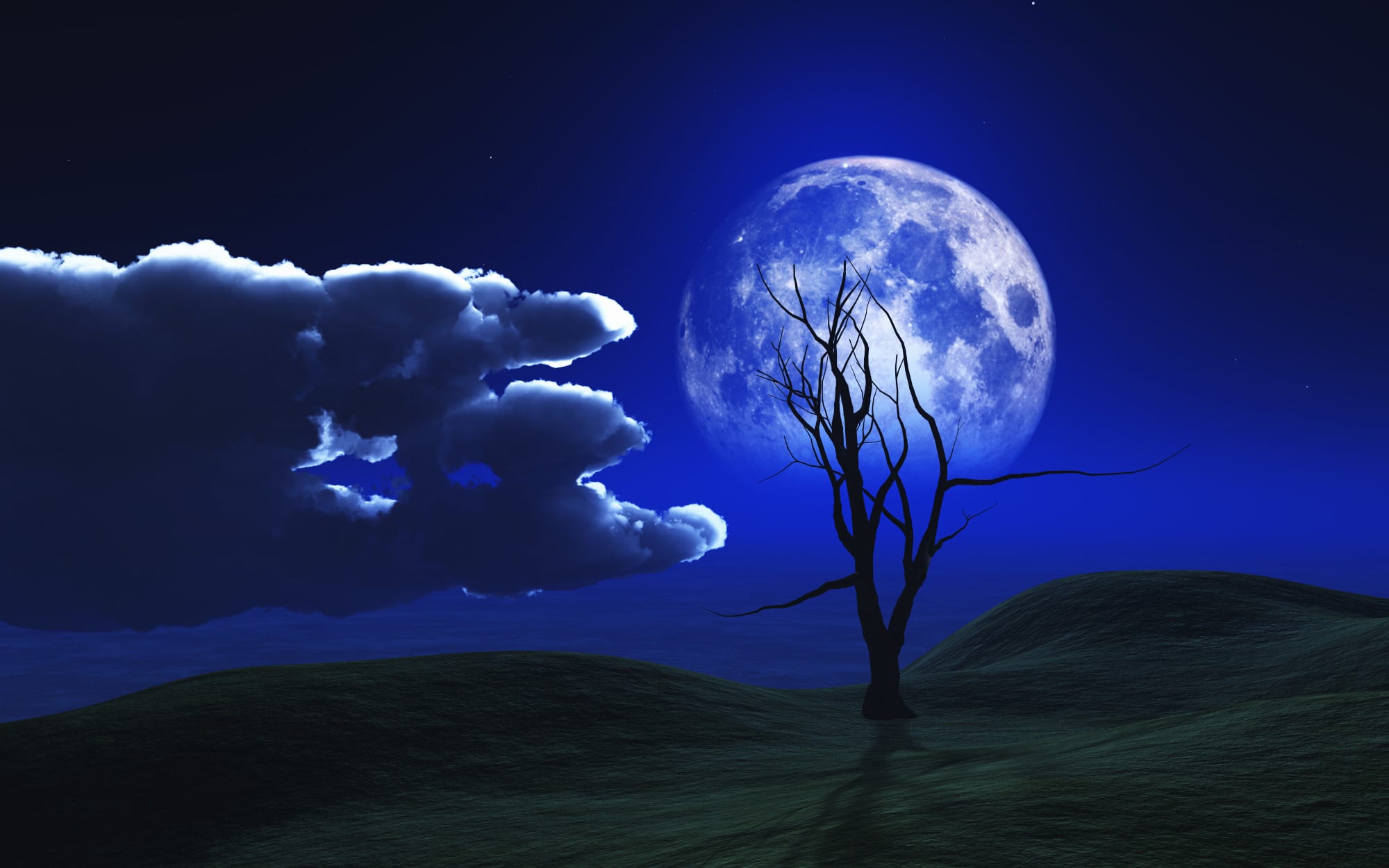“The moon is beautiful, isn’t it?” is a basic yet profound statement that cuts across all creative and cultural borders in the great fabric of human expression. This captivating quote has permeated many stories and found resonance in popular culture, fashion, art, and literature. We find a rich tapestry that captures the lunar fascination that is universal and its lasting influence on artistic expression as we explore its diverse presence.
“Isn’t the Moon Beautiful?” in Literature and Anime
Anime frequently employs moving language to elicit strong feelings because of its exceptional capacity to combine storytelling with visual elegance. “The moon is beautiful, isn’t it?” is often spoken by characters, conveying a sense of calm beauty and evoking emotions in viewers
This term has been embraced by literature as a potent means of expression outside of anime. The written word captures the enduring fascination with the moon, inspiring storytellers for generations to explore its beauty in romances, mysteries, and autobiographical narratives.
Fashioning the Celestial:
In the realm of fashion, designer Makiko Wakita has ingeniously translated the moon’s beauty into a tangible form. Her collection, aptly titled “The Moon is Beautiful, Isn’t It?”, goes beyond aesthetics, becoming a wearable expression of celestial allure. Each piece carries a subtle symbolism, inviting wearers to carry a piece of lunar enchantment with them.
Wakita’s collection serves as a testament to the adaptability of this phrase. The jewelry offers a tangible connection to its cosmic inspiration by delicately capturing the ethereal splendor of the moon. The combination of skill and poetic inspiration has always been the driving force behind artistic efforts.
Quora Conversations:
Quora is a platform where the phrase “The moon is beautiful, isn’t it?” sparks cultural exploration and discussion, particularly in relation to anime characters. Users explore its cultural importance and analyze how it is used in different genres and events.
The conversations on Quora highlight the communal aspect of this admiration for the moon. It becomes a shared experience where individuals from different backgrounds connect over a mutual appreciation for the celestial beauty encapsulated in those words. The discussions not only unravel the linguistic and cultural aspects of the phrase but also showcase its ability to foster a sense of community among enthusiasts.
Blogging about the Moon’s Symbolic Significance:
People use their blogs as private canvases on which to paint their ideas, and “The Moon is Beautiful, Isn’t It?” often appears in ideas on relationships and life. As bloggers examine the moon’s symbolic relation to the human experience, the moon takes on the role of a metaphorical muse. Readers seeking value in the beauty of the night sky can relate to the rich narrative created by the waxing and waning of the moon’s phases, which reflect the ebb and flow of emotions.
Also Read:
TikTok Trends:
TikTok emerges as a platform where the phrase finds resonance in the ever-evolving world of social media trends. Bite-sized, short films serve as blank canvases for creativity of the moon’s splendor. TikTok users creatively celebrate the moon’s charm with poetry, art, and humor.
The phrase becomes a flexible theme that changes to reflect the always changing landscape of social media trends. The moon’s allure remains a constant inspiration for online content creators and consumers, despite its fleeting nature. The videos combine to create a digital tapestry that fits the quick-paced virtual setting with moments of lunar appreciation.
Pinterest Aesthetics:
Images carefully preserved boards on Pinterest, a website recognized for its visual aesthetics, give real life to the word. Users create image sets representing the beauty of the moon on Pinterest, featuring stunning lunar landscapes and artistic pictures.
With each pinned image adding to a greater story of lunar interest, the site facilitates a novel kind of storytelling. It is evidence of the phrase’s capacity to transcend spoken and written language and find expression in the visual language. Pinterest users create unique boards to showcase their personal perspectives on the beauty of the moon, inspiring others to see it from different angles.

WordPress Musings:
A wide range of reflections and essays explore the literary elements of “The Moon is Beautiful, Isn’t It?” on WordPress. Writers on this website explore the origins, cultural importance, and frequent usage of the phrase in literature and media.. It becomes a subject of literary analysis, with writers unpacking the layers of meaning embedded in those six words.
These WordPress articles contribute to the ongoing dialogue surrounding the moon’s beauty. They illustrate the phrase’s timeless appeal and lead to debates that go beyond admiration at first glance. Writers explore the moon’s role as a literary muse, considering its metaphorical significance and historical presence in human expression.
Grammar Correctly:
On Grammar Correctly, the phrase is not just a poetic expression; it becomes a subject of linguistic inquiry. Writers and language enthusiasts analyze the structure and grammatical nuances of the phrase “The Moon is Beautiful, Isn’t It?”
This linguistic exploration adds a layer of complexity to the understanding of the phrase. It becomes more than a poetic sentiment; it’s a linguistic puzzle that invites analysis and discussion. Grammar is a space for language enthusiasts to analyze and appreciate the construction of compelling linguistic expressions..
Conclusion:
In the end, “The Moon is Beautiful, Isn’t It?” transcends language barriers, resonating across cultures, platforms, and art forms. From anime to social media, this phrase captures the enduring charm of the moon.
The word “moon” holds beauty in both its literary and digital representations, reflecting people’s diverse beliefs, enjoyment, and expression of fascination with this celestial body. It reminds us that a single word can unite people by inviting them to admire and appreciate the enduring beauty of the moon. These six words, whether expressed verbally, in writing, or visually, speak to the moon’s fascinating role in the human experience.





